The healing process of a tattoo is a fascinating journey that involves various stages, each crucial for achieving optimal results. One significant phase in this process is when tattoo scabs come off, marking a crucial milestone in the overall healing journey. By understanding the intricacies of this stage, tattoo enthusiasts can ensure proper aftercare and obtain the desired outcome. When a tattoo is initially completed, the body responds by forming a protective scab over the tattooed area.
This scab serves as a natural barrier, shielding the underlying layers of skin as they regenerate and heal. It is essential to note that the formation of scabs is a normal part of the healing process, and their presence should not cause undue concern. During the initial healing period, which typically lasts around two weeks, the body works diligently to repair the damaged skin and promote the growth of new cells. The scab acts as a protective layer, preventing external contaminants from entering the wound and reducing the risk of infection. Underneath the scab, intricate cellular processes are taking place, as collagen fibers are generated to strengthen the damaged skin tissue. While it is important to allow the scab to form naturally, it is equally crucial not to interfere with its healing process. Picking or scratching the scab can disrupt the delicate healing environment and potentially lead to scarring or color loss. It is paramount to resist the temptation to pick at the scab, as this can impede the body’s natural healing mechanisms and compromise the final result. As the days pass, the tattoo scab may start to shrink and loosen. This indicates that the underlying layers of skin have sufficiently healed, and the body is ready to shed the scab. It is vital to emphasize that the scab should only be allowed to come off naturally.
Prematurely removing the scab can cause damage to the newly formed skin underneath, potentially resulting in an incomplete healing process. During this period, proper aftercare is crucial. Following the tattoo artist’s instructions regarding cleaning and moisturizing the tattooed area will help maintain an optimal healing environment. Mild, fragrance-free soaps should be used to cleanse the tattoo gently, avoiding any harsh scrubbing or rubbing. Additionally, applying a thin layer of tattoo-specific moisturizer will help keep the skin hydrated, reducing the likelihood of excessive scabbing. As the tattoo scab begins to separate from the skin, it is common to notice some flaking or peeling. This is a natural occurrence and should not cause alarm. The shedding of the scab reveals the vibrant colors and intricate details of the tattoo, allowing the true beauty of the artwork to emerge. However, it is crucial to refrain from picking or forcefully removing any remaining scabs, as this can hinder the final stages of the healing process.
Once the scab has fully detached, the tattooed area may appear slightly dull or hazy. This is temporary and can be attributed to the new layer of skin that is still in the process of maturing. Over time, the skin will regain its natural luster, and the tattoo’s true colors will become more vibrant and defined. In conclusion, understanding the healing process when tattoo scabs come off is essential for tattoo enthusiasts who aim to achieve the best possible outcome. Respecting the body’s natural healing mechanisms, avoiding the urge to pick or scratch the scabs, and maintaining proper aftercare practices are key elements in ensuring a successful and aesthetically pleasing tattoo. By appreciating the complexity of the healing process, individuals can enjoy their tattoos for years to come, as vibrant reminders of their personal stories and artistic expressions.

How long does it take for tattoo scabs to come off?
Tattoos are a popular form of body art that involves the insertion of ink into the dermis layer of the skin. Once the tattooing process is complete, the body initiates a complex healing process to repair the damaged skin and ensure proper integration of the tattoo pigment. One significant aspect of this healing process is the formation of scabs, which play a crucial role in protecting the newly tattooed skin and promoting its recovery. When considering the question, “How long does it take for tattoo scabs to come off?” it is important to understand the stages of the healing process. After getting a tattoo, the skin typically goes through several phases of healing, including inflammation, scab formation, and scab shedding.
The duration of these phases can vary depending on various factors, including the size and complexity of the tattoo, the individual’s overall health, and their adherence to proper aftercare techniques. During the initial stage of healing, the body’s natural inflammatory response is triggered as a result of the trauma caused by the tattooing process. This inflammation is characterized by redness, swelling, and soreness around the tattooed area. It is crucial to allow this phase to run its course, as it is a necessary step in the healing process. Applying a prescribed topical ointment and keeping the area clean can help minimize discomfort and promote healing. Following the inflammation stage, the body starts to form scabs over the tattooed area. Scabs are essentially dry, hard crusts composed of dried blood plasma, lymph, and other fluids that help protect the underlying layers of skin. These scabs act as a barrier against external factors such as dirt, bacteria, and excessive moisture, which could potentially hinder the healing process or lead to infections. The duration for which tattoo scabs remain intact can vary significantly.
On average, scabs may start to form within the first few days after getting a tattoo and typically take around 1 to 2 weeks to fully develop. However, it is crucial to note that each individual’s healing process is unique, and factors such as the depth of the tattoo, the artist’s technique, and personal skin characteristics can influence scab formation and duration. As the tattoo scabs form, it is vital to resist the temptation to pick, scratch, or disturb them. Prematurely removing scabs can disrupt the healing process and result in pigment loss or scarring. Instead, it is recommended to allow the scabs to naturally come off on their own. It is important to maintain proper aftercare practices during this period, such as gently washing the tattooed area with mild, fragrance-free soap and applying a recommended moisturizer to keep the skin hydrated. The final stage of the healing process involves the shedding of the scabs. As the underlying skin continues to regenerate and repair itself, the scabs gradually loosen and fall off. The shedding process usually occurs between the second and fourth week after getting a tattoo, but this timeframe can vary from person to person. It is essential to be patient during this stage and avoid any aggressive or excessive manipulation of the scabs, as this can lead to complications and hinder the overall healing process.

Is it normal for a tattoo to scab?
Tattoos have become increasingly popular forms of body art, with countless individuals opting to adorn their skin with intricate designs and meaningful symbols. While the process of getting a tattoo involves the injection of ink into the dermis layer of the skin, it is essential to understand that this procedure is, in fact, a form of controlled skin damage. Consequently, it is not uncommon for a tattoo to scab as part of the natural healing process. When a tattoo artist creates a design on the skin, they use a tattoo machine equipped with needles that puncture the outer layer of the skin, known as the epidermis.
This process introduces foreign substances, namely tattoo ink, into the dermis, where it becomes permanently embedded. The body recognizes this intrusion and initiates a complex healing response to repair the damaged tissue. Scabbing is a common occurrence during the initial stages of the tattoo healing process. As the body begins to repair the damaged skin, it forms a protective barrier by producing a scab. This scab consists of dried blood, plasma, and other fluids that have coagulated over the tattooed area. It acts as a natural bandage, shielding the vulnerable skin beneath from external contaminants and potential infections.
The formation of scabs after getting a tattoo can be attributed to the body’s natural defense mechanisms. It is a sign that the healing process is underway and should not cause undue concern. However, it is crucial to emphasize that scabbing should not be purposefully induced or tampered with, as it can disrupt the healing process and lead to complications such as infection, scarring, or color loss. While scabbing is a normal part of the tattoo healing process, it is essential to provide the tattooed area with proper care and attention to ensure optimal healing and minimize the risk of complications. Here are some important guidelines to follow:
- Keep the tattoo clean: Gently wash the tattooed area with mild, fragrance-free soap and lukewarm water. Avoid scrubbing or rubbing the scab as it may loosen prematurely.
- Moisturize regularly: Apply a thin layer of a fragrance-free, hypoallergenic tattoo aftercare product recommended by your tattoo artist. This will help keep the skin hydrated and prevent excessive dryness, which can contribute to scab formation.
- Avoid picking or scratching: It can be tempting to pick at scabs, especially when they become itchy. However, this can disrupt the healing process and increase the risk of infection. Refrain from picking, scratching, or peeling off the scabs.
- Protect from sunlight and excessive moisture: Shield the tattoo from direct sunlight, as ultraviolet rays can fade the colors and damage the healing skin. Additionally, avoid soaking the tattoo in pools, hot tubs, or baths, as prolonged exposure to water can soften the scabs and prolong the healing process.
- Follow your tattoo artist’s instructions: Every tattoo artist may have specific aftercare recommendations based on their expertise and the specific tattoo. Adhere to their instructions diligently to ensure proper healing and the best long-term outcome for your tattoo.

How can you promote healthy scabbing during tattoo healing?
Tattoos have become increasingly popular forms of self-expression and artistry, and it is crucial to understand the healing process to ensure optimal results and minimize complications. One important aspect of tattoo healing is promoting healthy scabbing. In this article, we will explore effective techniques and guidelines to facilitate healthy scab formation during the tattoo healing process. When a tattoo is applied, the skin undergoes trauma as the tattoo needle punctures the epidermis and deposits ink into the dermis. As a natural response, the body initiates the healing process, which involves the formation of a scab. Scabs serve as protective barriers that shield the underlying tissues and promote wound healing. To promote healthy scabbing during tattoo healing, it is essential to follow proper aftercare practices. Here are some key steps to ensure optimal healing:
- Cleanliness and hygiene: Maintain cleanliness throughout the healing process. Gently cleanse the tattooed area using a mild, fragrance-free antibacterial soap and lukewarm water. Avoid harsh scrubbing, as it can disrupt the scab formation.
- Moisturization: Proper moisturization is crucial to prevent excessive dryness or cracking of the tattooed skin. Apply a thin layer of fragrance-free, hypoallergenic moisturizer or tattoo-specific aftercare ointment to the tattooed area. This helps keep the skin hydrated and promotes healthy scab development.
- Avoid excessive moisture: While moisturization is important, it is equally essential to prevent excessive moisture. Prolonged exposure to water, such as soaking in baths, swimming pools, or hot tubs, can soften the scab and delay the healing process. Limit contact with water and avoid submerging the tattooed area until the scabs have naturally formed and started to come off.
- Protect from friction and trauma: During the healing process, it is crucial to protect the tattoo from excessive friction or trauma. Avoid tight clothing that may rub against the tattooed area and cause the scabs to loosen prematurely. Additionally, refrain from activities that could potentially irritate or damage the tattoo, such as intense physical exercise or exposure to direct sunlight.
- Resist picking or scratching: It can be tempting to pick or scratch at scabs, but this should be strictly avoided. Prematurely removing scabs can disrupt the healing process, result in ink loss, and increase the risk of infection. Allow the scabs to naturally slough off, and let new, healthy skin regenerate underneath.
- Optimal nutrition and hydration: A healthy diet and proper hydration play a vital role in supporting the body’s healing process. Ensure you consume a balanced diet rich in vitamins, minerals, and antioxidants. Drinking an adequate amount of water promotes skin hydration, which aids in scab formation and healing.
By following these guidelines and maintaining a healthy lifestyle, you can significantly promote healthy scabbing during the tattoo healing process. Remember that each individual’s healing process may vary, so it is important to consult your tattoo artist or a healthcare professional if you have any concerns or notice signs of infection or complications. In conclusion, understanding the healing process is paramount in promoting healthy scabbing during tattoo healing. By adhering to proper aftercare practices, maintaining cleanliness, moisturizing adequately, avoiding excessive moisture, protecting the tattoo from friction and trauma, resisting the urge to pick or scratch, and ensuring optimal nutrition and hydration, you can support the formation of healthy scabs and achieve successful tattoo healing. Always prioritize your health and consult professionals when in doubt.

What should you avoid when tattoo scabs start to come off?
When embarking on the journey of getting a tattoo, it’s crucial to be aware of the healing process to ensure optimal results. One significant stage in the healing process is when tattoo scabs start to come off. While it may be tempting to speed up the process or neglect precautions, it’s vital to exercise caution and avoid certain activities to promote proper healing and preserve the integrity of your tattoo.
- Avoid picking or scratching the scabs:
As tattoo scabs start to come off, it’s essential to resist the urge to pick or scratch them. Picking at scabs can disrupt the natural healing process and may result in scarring or pigment loss. Moreover, removing scabs prematurely can expose the underlying layers of your skin, making it susceptible to infection. Instead, let the scabs naturally separate from the skin without any intervention. - Refrain from excessive moisture:
While keeping your tattoo clean and moisturized is crucial during the healing process, it’s equally important not to overdo it. Excessive moisture, such as soaking the tattooed area in water for prolonged periods or excessively applying ointments or creams, can hinder the scabs from healing properly. Allow the scabs to dry out naturally and follow your tattoo artist’s instructions regarding moisturizing and aftercare products. - Avoid exposure to direct sunlight:
When tattoo scabs start to come off, it’s crucial to shield your tattoo from direct sunlight. UV rays can be harmful to the healing skin, causing fading, discoloration, and even sunburn. If your tattoo is located in an exposed area, such as your arms or legs, consider wearing protective clothing or applying a broad-spectrum sunscreen with a high SPF specifically formulated for tattoos. - Steer clear of tight clothing or accessories:
During the scabbing stage, it’s advisable to avoid wearing tight clothing or accessories that can rub against the tattooed area. Friction from clothing or jewelry can irritate the healing skin, leading to discomfort, delayed healing, or even scab removal. Opt for loose-fitting clothing made from breathable fabrics to promote air circulation and minimize any potential damage to the scabs. - Refrain from intense physical activities:
Engaging in vigorous physical activities or exercises that involve excessive sweating can pose a risk to healing tattoo scabs. Excessive sweating can create a moist environment, providing a breeding ground for bacteria and potentially leading to infection. It’s recommended to avoid activities that cause excessive sweating or physical strain until the scabs have naturally fallen off and the tattoo is fully healed. - Avoid submerging in bodies of water:
While it’s essential to keep your tattoo clean, it’s crucial to avoid submerging it in bodies of water, such as swimming pools, hot tubs, or natural bodies of water, until the scabs have completely healed and fallen off. Prolonged exposure to water can soften the scabs, making them more prone to accidental removal. Additionally, these water sources may contain bacteria or chemicals that can infect or irritate the healing tattoo.

Are there any complications or risks associated with tattoo scab removal?
Tattoo scab removal is a process that involves the deliberate removal of scabs formed during the healing of a tattoo. While it may seem tempting to expedite the healing process or improve the tattoo’s appearance, it is essential to be aware of the potential complications and risks associated with this procedure. Understanding these risks is crucial for individuals considering tattoo scab removal to make informed decisions and prioritize their health and well-being.
- Infection:
One of the primary risks associated with tattoo scab removal is the potential for infection. When scabs are prematurely removed, the underlying skin may be exposed, creating an open wound susceptible to bacterial contamination. Bacteria can enter the wound, leading to infections that range from mild to severe. In severe cases, infections can spread, causing cellulitis, abscess formation, or systemic infections requiring medical intervention. - Delayed Healing:
Removing tattoo scabs prematurely disrupts the natural healing process. Scabs form as part of the body’s defense mechanism to protect the underlying skin and facilitate tissue repair. Prematurely removing these scabs can interrupt this process, leading to delayed healing. The tattooed area may take longer to heal, and the final result may be compromised, potentially requiring touch-ups or revisions. - Scarring:
Improper removal of tattoo scabs can increase the risk of scarring. Scabs act as a natural barrier and aid in the formation of new skin cells. Premature removal may disrupt the formation of new skin, resulting in uneven healing and the potential for scar tissue formation. Scarring can vary in severity, ranging from minor textural changes to keloid or hypertrophic scars, which can be aesthetically displeasing and challenging to treat. - Pigment Loss:
Removing scabs before they naturally detach can cause pigment loss in the tattooed area. The scab serves as a protective layer for the underlying tattoo ink, ensuring its retention and even distribution during the healing process. Premature removal may disrupt the ink’s stability and cause pigment loss, leading to faded or patchy areas within the tattoo. - Pain and Discomfort:
Tattoo scab removal can be a painful process, especially if done improperly or without professional guidance. The delicate nature of healing skin requires gentle care and precise techniques. Improper removal methods may cause unnecessary pain, discomfort, and potential damage to the skin. It is essential to follow proper aftercare instructions provided by the tattoo artist or consult a professional for safe removal procedures.

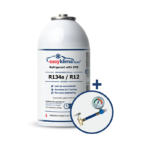
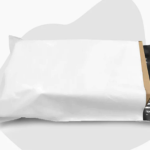













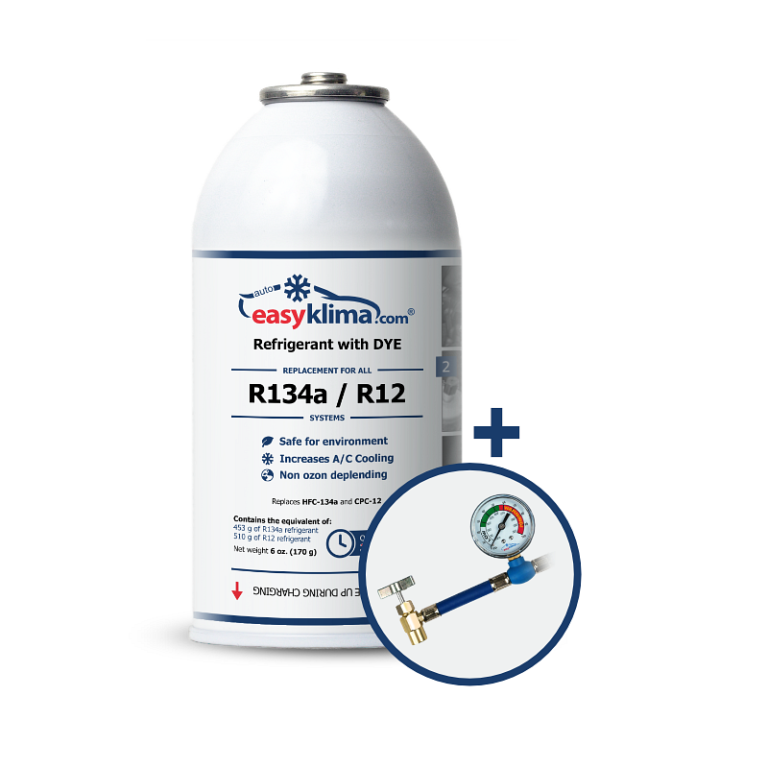
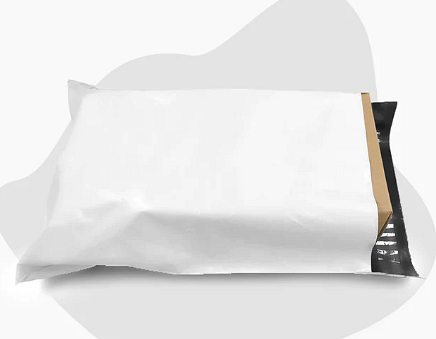

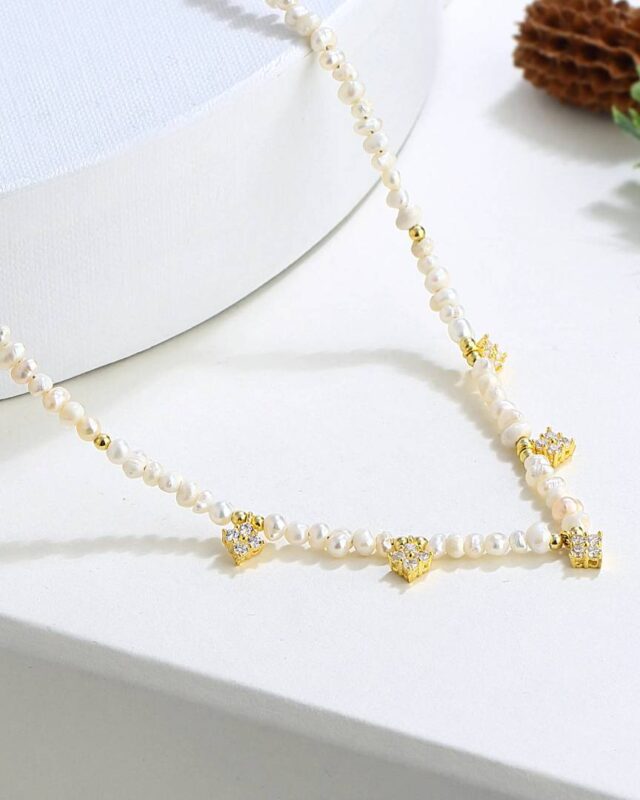


+ There are no comments
Add yours